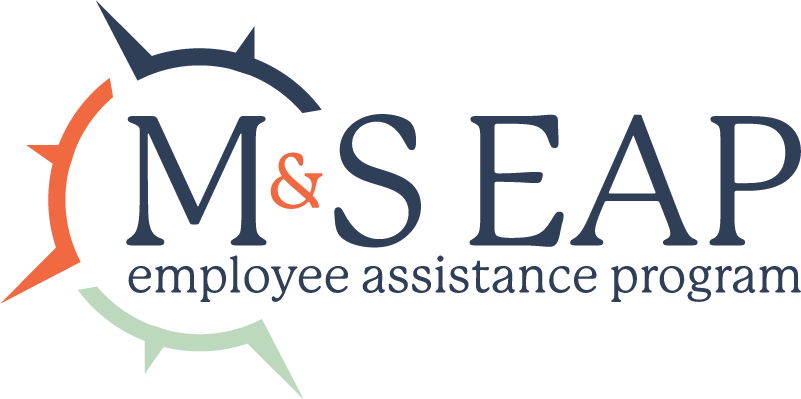How to Support Employees with Seasonal Depression

Mondays can be rough for everyone, but they can feel downright depressive when you’re struggling with seasonal affective disorder (SAD), also known as seasonal depression. It’s much more than just feeling gloomy when it’s raining outside, and it can affect the workplace if left untreated or not handled with the appropriate empathy or support.
You might be wondering, as the boss or employer (or both), if it’s your place to help your employees through seasonal depression. It is, after all, a personal thing to struggle with, despite the fact that so many people experience it.
If you notice the energy and enthusiasm significantly dropping in your office space, it may be a sign that a fair amount of your employees are struggling with seasonal depression.
Seasonal depression symptoms
SAD is a form of clinical depression, which means many of its symptoms can mimic those of regular depression. One of the easiest ways you can distinguish seasonal depression from standard depression is by paying attention to the energy of the office during particularly gloomy, rainy or cloudy days.
Some symptoms you can keep an eye out for are:
- Low energy levels and sluggish behavior
- Lack of interest or effort towards work
- Moodiness and a negative attitude
- Difficulty concentrating, processing, communicating
- Showing up late, leaving early, regularly calling off work
If you notice any of these symptoms in your employees during the winter months — though they can arise in the spring months as well — it’s highly likely they are suffering from some level of seasonal depression.
It’s going to be a bit different for everyone, and it’s important to recognize that just because seasonal depression affects people differently, doesn’t mean it’s any less challenging for them. One employee might not blatantly show any signs and be suffering deeply; another might not be able to hide their symptoms at all and be suffering equally as deeply.
Supporting employees through seasonal depression
SAD is a formally recognized mental condition, so you might be required to make concessions in accordance with medical leave, depending on the laws within your specific state. Many organizations provide an Employee Assistance Program (EAP) to assist employees in setting up different counseling or medical-related appointments, both of which someone struggling with seasonal depression can utilize.
You can consider fostering activities that will boost office morale, such as having one day a week where you bring in some sort of food. You could be sure to recognize and reward employees who perform well, and have an honest, empathetic conversation with those who don’t.
You might encourage them to take their breaks in the sunshine, and be flexible with the days they need to leave to receive treatment. Depending on your level of comfortability, you can facilitate an open door policy that allows someone to confide in you on a particularly challenging day, while both understanding and clearly communicating that you are not a therapist.
Supporting your employees who are struggling with seasonal depression isn’t just the right thing to do, it’s a beneficial thing to do. An employee who knows they can be open and honest with you, not to mention receive empathy and kindness in return, is going to be far more dedicated to their job than an employee who suffers in silence because they believe you don’t care.
SAD-proofing the workplace
While you might not be able to cure seasonal depression in your employees, there are things you can do so that it doesn’t so deeply affect the workplace whenever autumn, winter or spring rolls around.
Some of these methods include:
- Creating SAD awareness, perhaps having a mental health professional conduct a short informative talk for your employees
- Teaching the other managers to recognize symptoms of seasonal depression
- Offering flexible work hours, or the ability to work partially from home
- Maximizing the work layout, letting the sunshine in as much as possible
- Organizing in-person or virtual socials to check in with how everyone is doing
- Encouraging employees to seek professional treatment
If you’ve never SAD-proofed the workplace before, it might feel a little uncomfortable at first, but that doesn’t mean it isn’t good or that it won’t work. Your employees might take a bit of time to warm up to this new, mental health-friendly environment, but they will be extremely grateful for it in the long run, and ultimately so will you.
Reach out for additional support
Learning to navigate seasonal affective disorder in your employees can be tough, especially if it’s something you’re unfamiliar with. But as the employer, you have the unique ability to support and empower your employees in the workplace, particularly those struggling with SAD.
If you’re feeling overwhelmed with where to begin or how to proceed from here, consider reaching out to the team here at Mazzitti & Sullivan EAP. We’ll provide you with additional resources and walk you through the next steps so you can be comfortable and prepared.
Call our office today at 800-543-5080.



